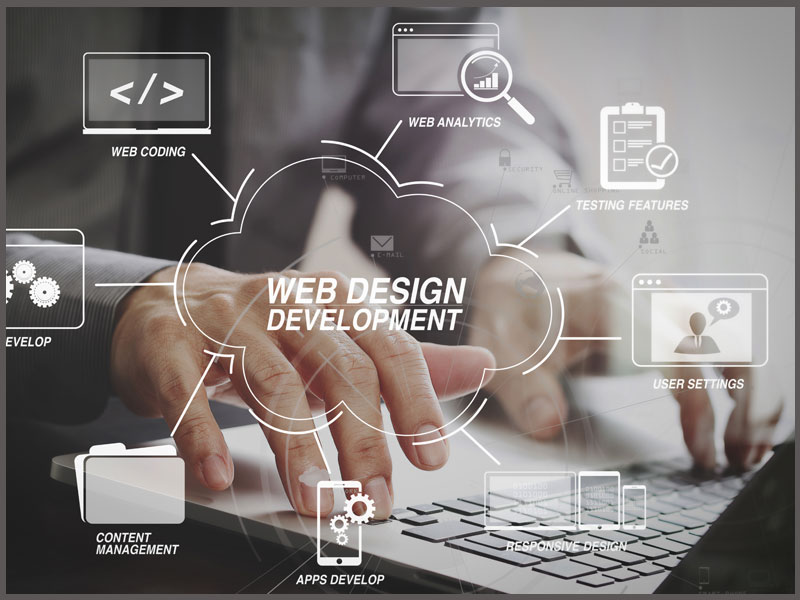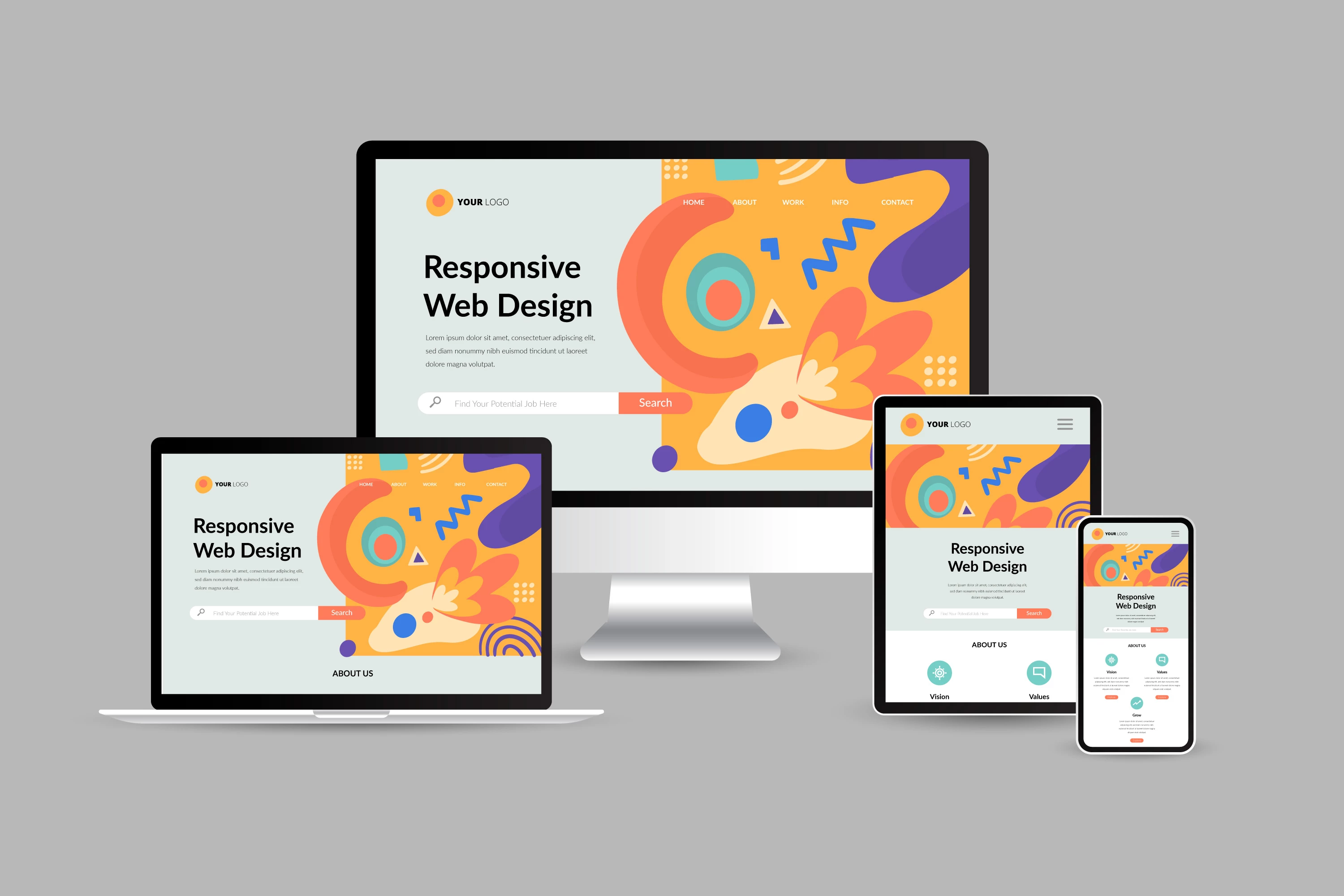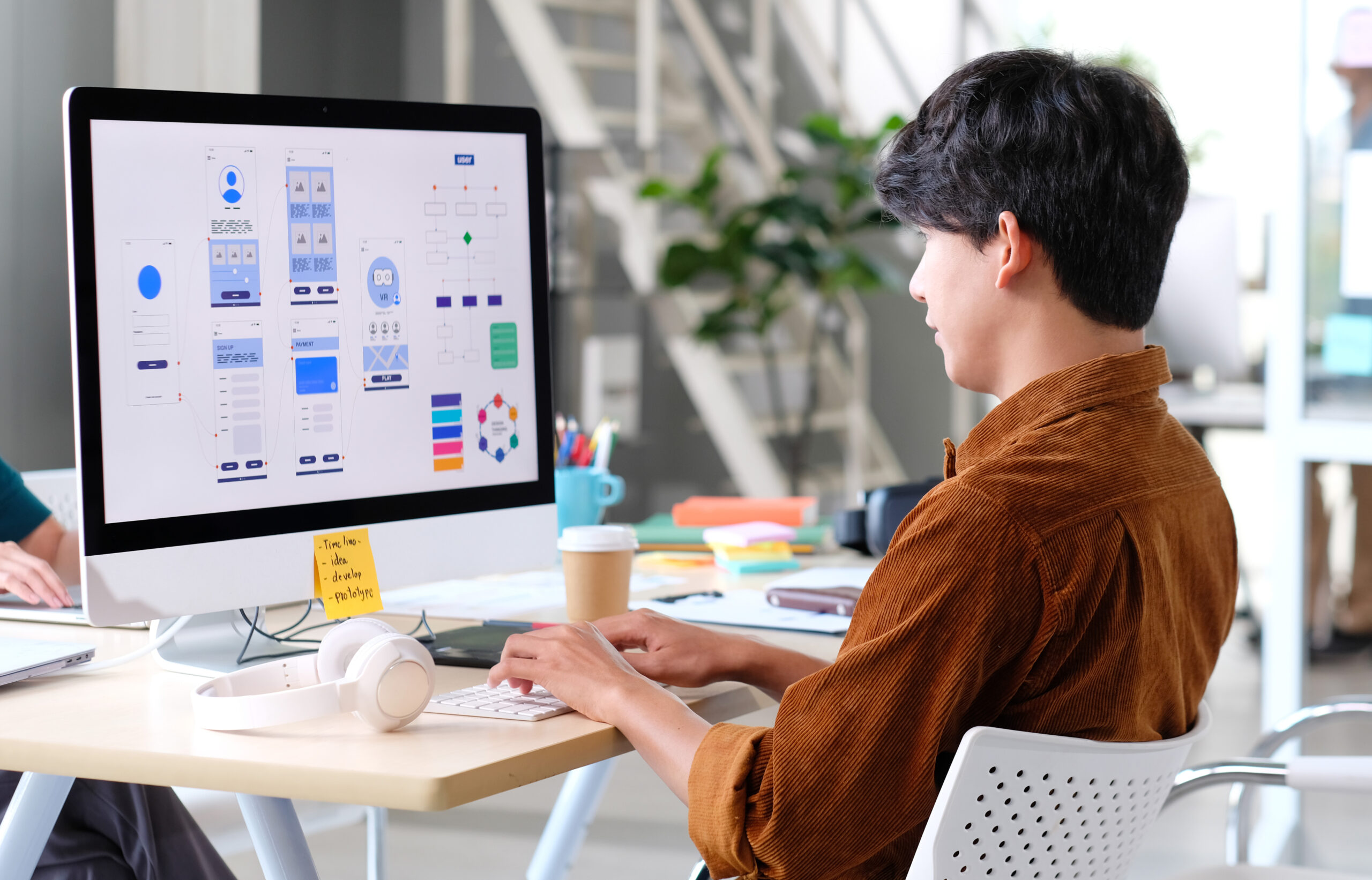Aligned Position Web Design: Perfectly Designed Websites to Capture Your Audience’s Attention
Aligned Position Web Design: Perfectly Designed Websites to Capture Your Audience’s Attention
Blog Article
The Best Kinds Of Website Design to Boost Individual Experience and Interaction
In the ever-evolving landscape of electronic communication, the performance of Web layout significantly influences user experience and involvement. Various layout methods, such as minimal, responsive, and interactive formats, each offer unique advantages that can satisfy varied customer requirements. Understanding which types of website design ideal serve these goals can be critical for companies intending to boost consumer fulfillment and retention. Nonetheless, the inquiry remains: which layout aspects absolutely reverberate with users and foster significant engagement? The exploration of these principles reveals essential understandings that might redefine your method to website design.
Minimalist Website Design
As digital landscapes end up being progressively chaotic, minimal Web design has actually become an effective approach to boosting user experience. This design approach prioritizes simpleness, focusing on vital elements while getting rid of unneeded disturbances. By utilizing sufficient white area, simple navigation, and a restricted shade palette, minimal design fosters quality and routes individual focus to key web content.
The core principle of minimalist website design is to create a seamless communication for customers. By reducing cognitive tons, individuals can swiftly grasp info without really feeling overwhelmed. This direct approach not only enhances use yet additionally motivates engagement, as site visitors are more probable to check out a website that is simple and visually attractive to browse.
Furthermore, minimalist layout usually highlights typography and imagery, utilizing these elements tactically to communicate messages effectively. This concentrate on necessary components can enhance brand name identification and develop an unforgettable individual experience. In essence, minimalist Web design is not simply a trend; it is a thoughtful approach that acknowledges the relevance of user-centered design. By removing peripheral elements, developers can create an extra interesting, reliable, and delightful Web experience for all customers.
Responsive Web Design
In today's varied electronic atmosphere, responsive website design has ended up being necessary for creating a smooth user experience throughout a wide range of gadgets. As customers gain access to web sites on smart devices, tablet computers, laptops, and desktop computers, the ability of an internet site to adapt its format and web content to different display dimensions and resolutions is vital.
Receptive website design uses flexible grids, photos, and CSS media questions to ensure that Web material is presented ideally, despite the tool used. This technique not just improves the aesthetic appeal of a website however additionally significantly boosts use. Users are more probable to engage with a site that provides a consistent experience, as it gets rid of the irritation of having to focus or scroll excessively.
Furthermore, internet search engine, including Google, focus on mobile-friendly sites in search rankings. By embracing responsive style, businesses can improve their presence and reach a broader audience. This method additionally streamlines website upkeep, as a single version of the site can satisfy all tools, decreasing the requirement for multiple versions. In summary, receptive website design is a fundamental practice that enhances individual experience, interaction, and general complete satisfaction.
Interactive Website Design
Responsive website design lays the groundwork for improving user experience, however interactive Web layout takes this an action additionally by involving users in an extra vibrant means - Aligned Position Web Design. By including aspects such as animations, clickable prototypes, and real-time comments, interactive Web style astounds customers, attracting them into a richer surfing experience
This method not only fosters involvement but likewise motivates individuals to explore material proactively instead of passively consuming it. Methods such as gamification, where individuals gain rewards for finishing tasks, can substantially enhance the time invested in a site and boost overall fulfillment. Additionally, interactive features can streamline intricate details, making it extra digestible and satisfying.

Including interactive design components can likewise lead to higher conversion prices, as individuals are most likely to engage with a site that actively includes them. Aligned Position Web Design. Eventually, interactive Web layout changes individual experiences into memorable trips, ensuring that visitors return time and once again
Flat Design
Characterized by its minimalistic technique, level style stresses simpleness and capability, removing unneeded aspects and concentrating on necessary attributes. This layout viewpoint focuses on usability, ensuring that customers can navigate interfaces easily and effectiveness. By utilizing a clean aesthetic, flat design removes the mess typically located in a lot more luxuriant designs, consequently improving user emphasis on material and capability.
The trademark of level design lies in its use bold shades, simple typography, and geometric forms. These elements add to an aesthetically attractive interface that is both friendly and contemporary. In addition, flat style promotes a sense of clarity, allowing customers to discern crucial activities and information without diversion.
Additionally, flat design is specifically efficient in receptive Web style, as its simplicity equates well across numerous gadgets and display sizes. By focusing on crucial attributes, level design not only satisfies customer requirements however also encourages seamless communication, making it an important part of effective Web design strategies.
Adaptive Website Design
Flexible Web design personalizes the customer experience by creating multiple fixed layouts tailored to various screen dimensions and gadgets. Unlike responsive layout, which fluidly readjusts a single design, flexible layout employs distinctive designs for certain breakpoints, ensuring optimum discussion on different systems. This approach permits developers to focus on description the distinct features of each device, boosting functionality by providing specifically what users require based upon their context.
Among the primary advantages of adaptive website design is its ability to enhance tons times and efficiency. By offering tailored web content and photos that fit the user's device, web sites can reduce data usage and enhance loading rates. This is specifically beneficial for customers with slower connections or limited data strategies.

Additionally, adaptive style promotes a much more regulated and consistent branding experience. Given that developers develop multiple layouts, they can make sure that the aesthetic components align with the brand name's identity across various platforms - Aligned Position Web Design. This leads to a cohesive individual experience, improving engagement and advertising user retention
Conclusion
Minimalist design promotes clearness and focus, while receptive design ensures versatility throughout numerous devices, promoting access. Collectively, these style comes close to contribute to the production of top article user-friendly environments that not only improve fulfillment but additionally drive higher conversion rates, emphasizing their vital relevance in contemporary Web layout approaches.

Minimal style cultivates clearness and focus, while receptive style makes certain adaptability throughout different tools, promoting ease of access. Jointly, these layout comes close to add to the production of straightforward settings that not only boost contentment however additionally drive higher conversion prices, emphasizing their critical importance in modern Web layout strategies.
Report this page